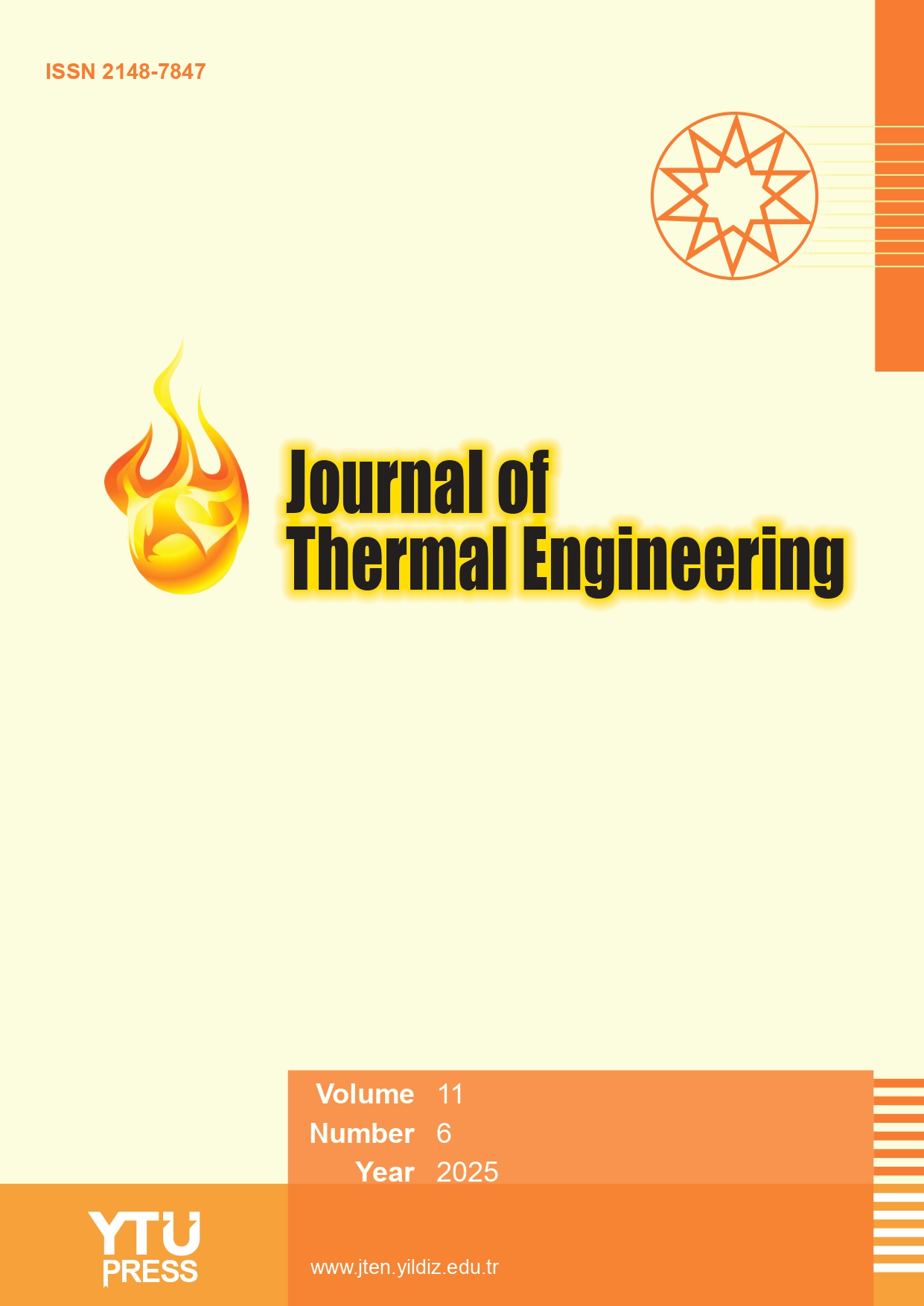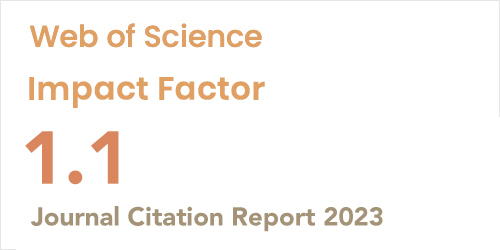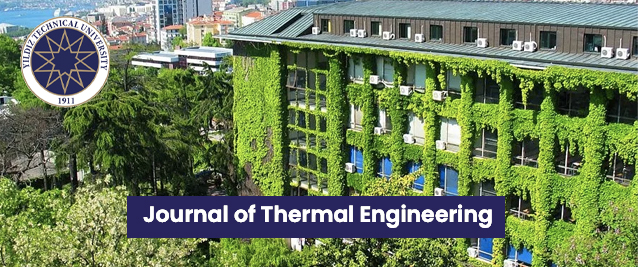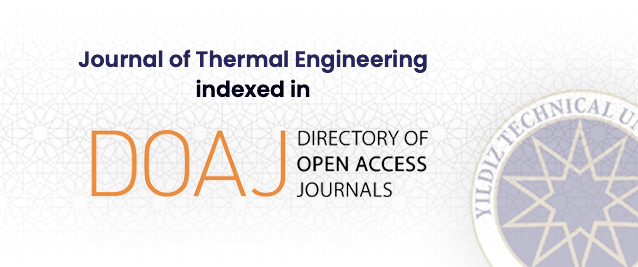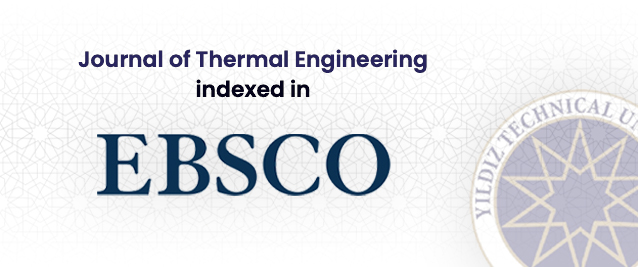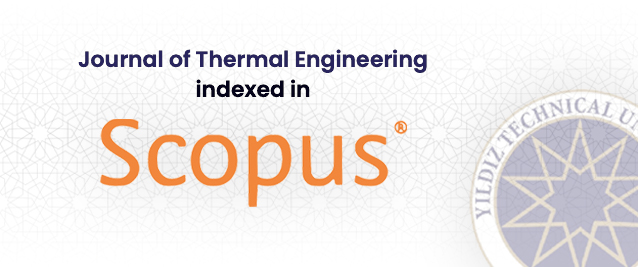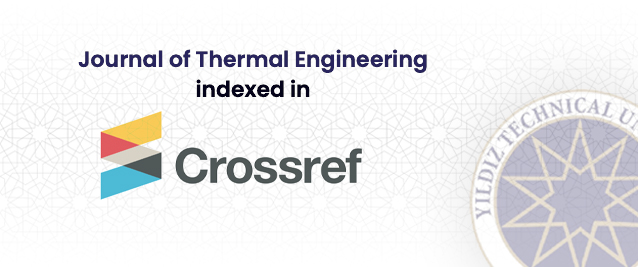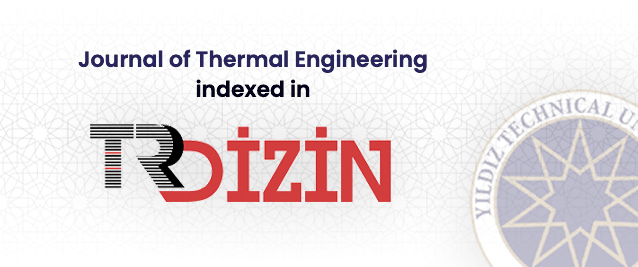2Department of Mechanical Engineering, University of Namibia, School of Engineering and the Built Environment, JEDS Campus, Ongwediva, 3624, Namibia
Abstract
Helical tube heat exchangers differ from ordinary heat exchangers in that they have special qualities that enhance heat transmission since the fluid flows from straight to coiled channels as curved streams instead of linear ones, leading to the increased momentum and heat transmission rates. However, there is still scope for research on improving heat transfer characteristics for a helical coil heat exchanger with conjugate heat transfer employing various configurations of internal longitudinal fins. Thus, in this work, numerical study was conducted to explore the flow behaviour and thermal performance of water-ZnO nanofluids (nanofluid) in a spiral tube heat exchanger. The mass flow rate (ṁ) of the water-ZnO nanofluids was varied from 0.025 kg/s to 0.125 kg/s, while the mass flow rate of the hot fluid (water) was maintained constant at 0.0091 kg/s. The concentrations of the nanofluid in water used were 1%, 2%, and 3%. Simulations in three dimensions were analysed for the turbulent stream regime, and governing equations for the turbulent stream were solved using the k-epsilon (k-ε) for Reynolds numbers ranging from 4000 to 12000. The temperature, velocity and pressure contours were analysed with respect to the variation in the concentration and flow rate of the ZnO nanofluids. Finally, the results confirmed that by applying ZnO nanofluids, the heat transfer coefficient as well as the friction factor increased by 43% and 1.12 times respectively when compared with the plain tube.


